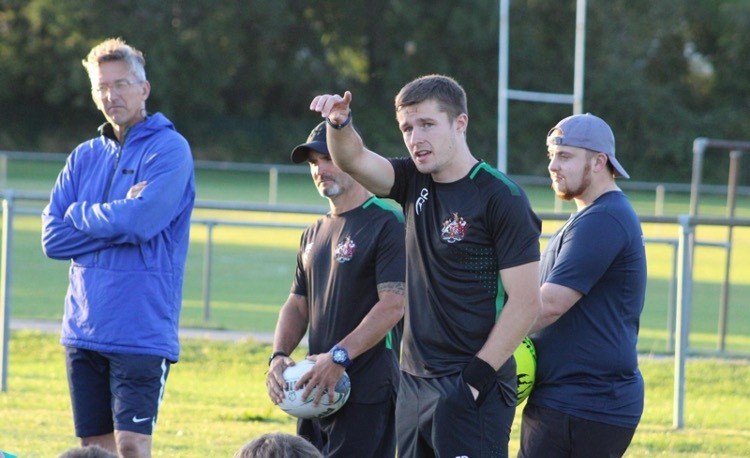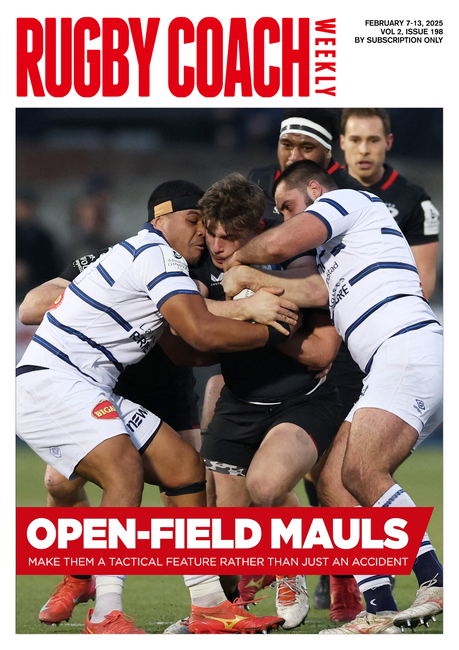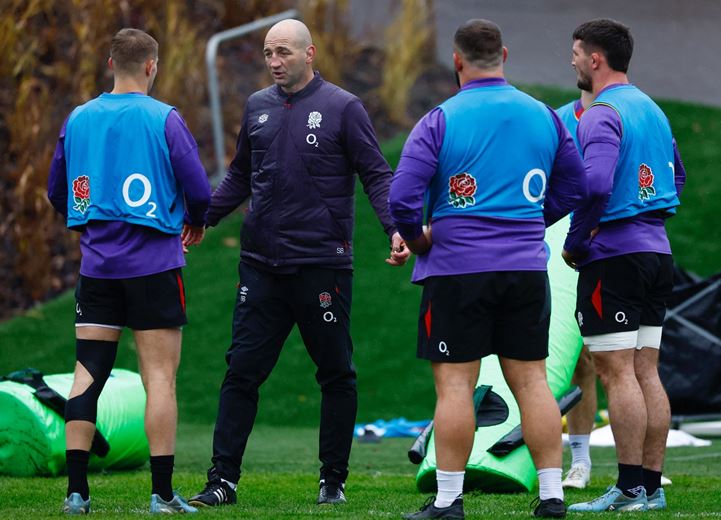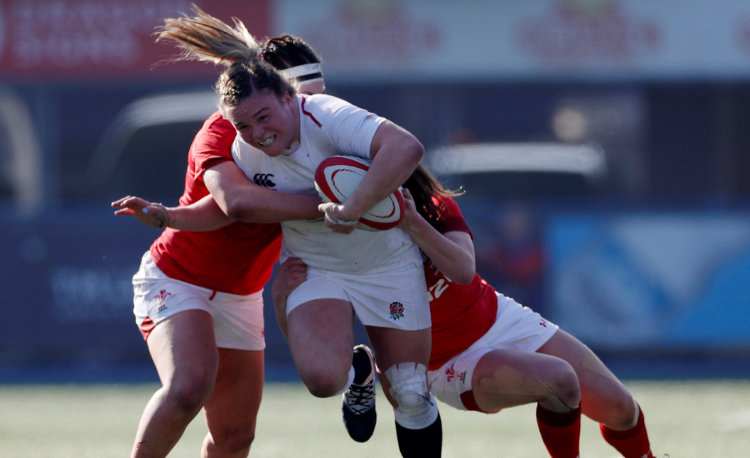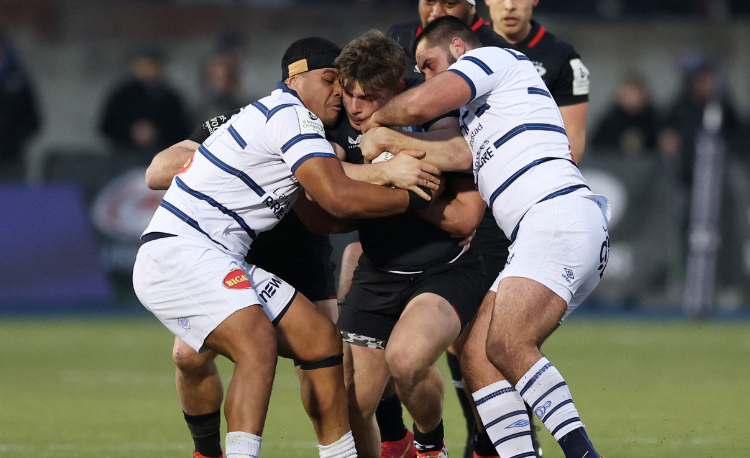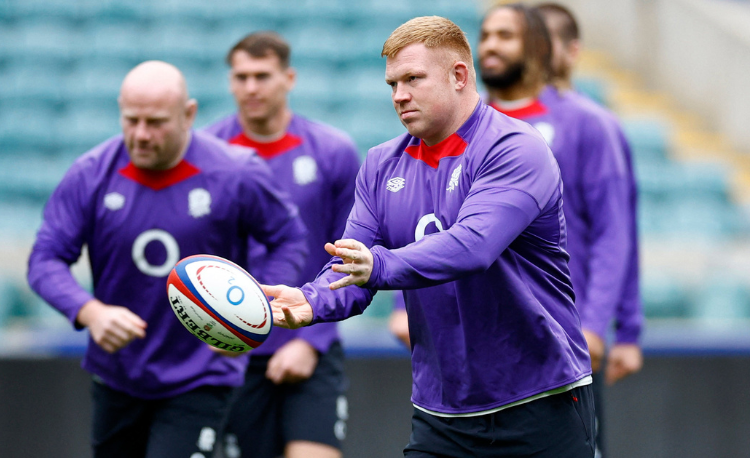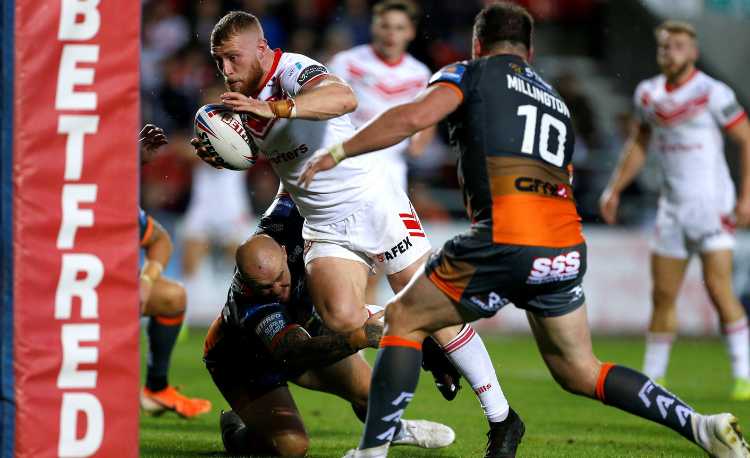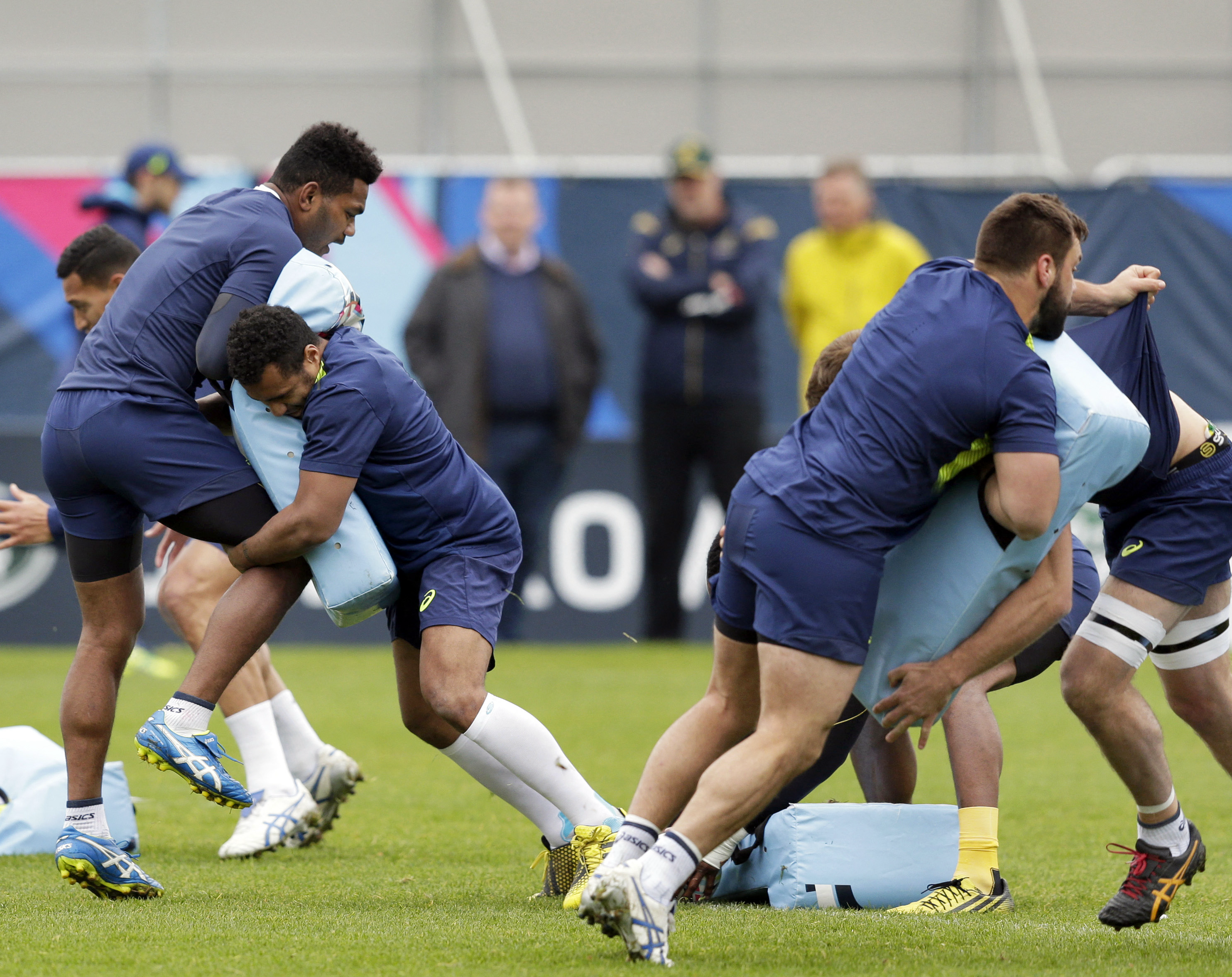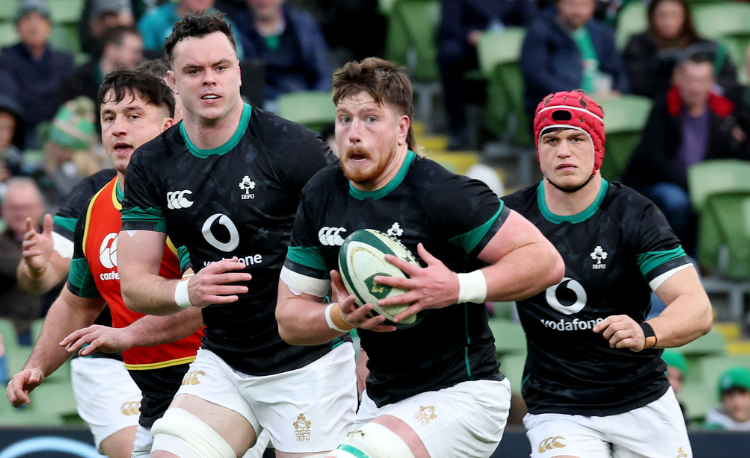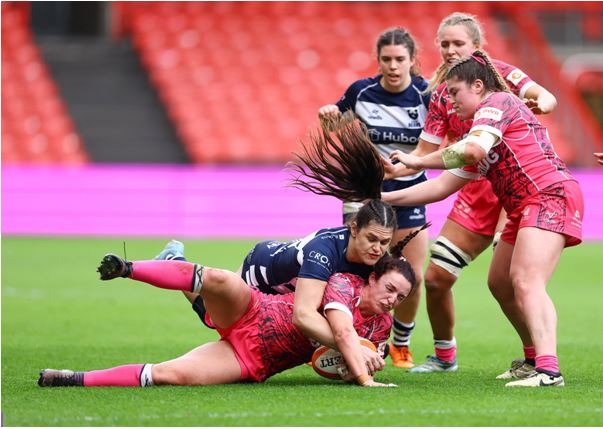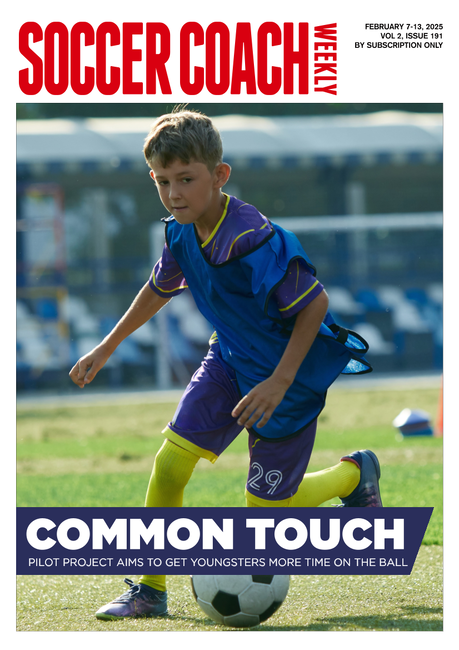What to wear to your first coaching session
Everything your bag needs, from suitable footwear to appropriate accessories.
Your attire for your first session should be practical and comfortable.
However, it is also a crucial part of how you are perceived. Here is a guide to making sure you look and feel great...
Start from the feet up
You are judged most by your footwear. No coach ever looked good in sandals, crocs or flip flops. So let’s get this right first.
While it might seem like common sense - don’t wear white trainers on a muddy pitch - the best way to work out what to put on is to see what the players will be wearing.
In most cases, you should wear boots on grass, especially if you are planning to demonstrate any movements or skills.
The boots don’t have to be brand new, but they should definitely be clean. And if you need to buy some, you don’t have to break the bank - you can pick up quality used boots on eBay.
The same goes for training on AstroTurf or other artificial surfaces. You will need appropriate footwear to fit the facility’s rules.
The weather for shorts
Of course, the weather will play a factor in whether you wear shorts or not. But if it is warm enough, doing so does give the air of action about you.
You should consider two options - regular sports shorts or walker’s shorts. The latter are more practical, because you can keep your training plans and phone more securely in zipped pockets.
In terms of socks, wear proper sports socks, but keep them rolled down, or use white short sport socks.
Tracksuit top, not joggers
Jogging bottoms are really comfortable, but they aren’t professional. Remember, you are judged on what you look like.
If the club doesn’t provide tracksuit bottoms, get ones with long zips so you can slip them on and off over your footwear.
If you have a slightly larger budget, buy a pair of waterproof bottoms to put over the original tracksuit.
From shirts to hoodies
Your top layer will define your status as a coach. Some coaches might be given specific kit, often emblazoned with their name and/or position in the club.
If you aren’t so fortunate, avoid wearing a playing shirt. If it is your club’s playing shirt, this doesn’t delineate you from the players. If the shirt is from a professional side, then there is bound to be someone who doesn’t like that team, or the player’s name on the back. You aren’t a player, anyway.
If it is very warm, a t-shirt is good. Otherwise, a tracksuit top or hoodie work well. When it’s cold, you might wear all three.
A word of caution. A thick coaching coat is great for watching - but, at training, if you are wrapped up and the players aren’t, you won’t get a sense of when they are cold and need to move.
Accessories
You will need a whistle. You can buy a multipack of 12 pretty cheaply, and then put them in pockets of coats and shorts.
It is worth having gloves and a warm hat ready before the cold weather starts, and a baseball cap for sunny days.
Where possible, don’t coach in sunglasses. The players won’t be wearing them and they need to see your eyes.
A boot-cleaning tool for post-muddy training sessions is a bit of luxury, but you will thank yourself when you transfer the boots from car to house later on.
Kitbag
It is always a good idea to pack more than you need.
Many of us have been caught out by a sudden change of weather and having dry clothes to change into after training is very useful.
You don’t have to have the whole kit to start with. You can build it up over time.
Get your footwear right first and check yourself in the mirror. It is not a fashion parade or an Instagram shoot, but you want to make sure your clothing looks like you are ready to coach.
Related Files
Newsletter Sign Up
Coaches Testimonials

Gerald Kearney, Downtown Las Vegas Soccer Club

Paul Butler, Florida, USA

Rick Shields, Springboro, USA

Tony Green, Pierrefonds Titans, Quebec, Canada
Subscribe Today
Be a more effective, more successful rugby coach
In a recent survey 89% of subscribers said Rugby Coach Weekly makes them more confident, 91% said Rugby Coach Weekly makes them a more effective coach and 93% said Rugby Coach Weekly makes them more inspired.
Get Weekly Inspiration
All the latest techniques and approaches
Rugby Coach Weekly offers proven and easy to use rugby drills, coaching sessions, practice plans, small-sided games, warm-ups, training tips and advice.
We've been at the cutting edge of rugby coaching since we launched in 2005, creating resources for the grassroots youth coach, following best practice from around the world and insights from the professional game.
